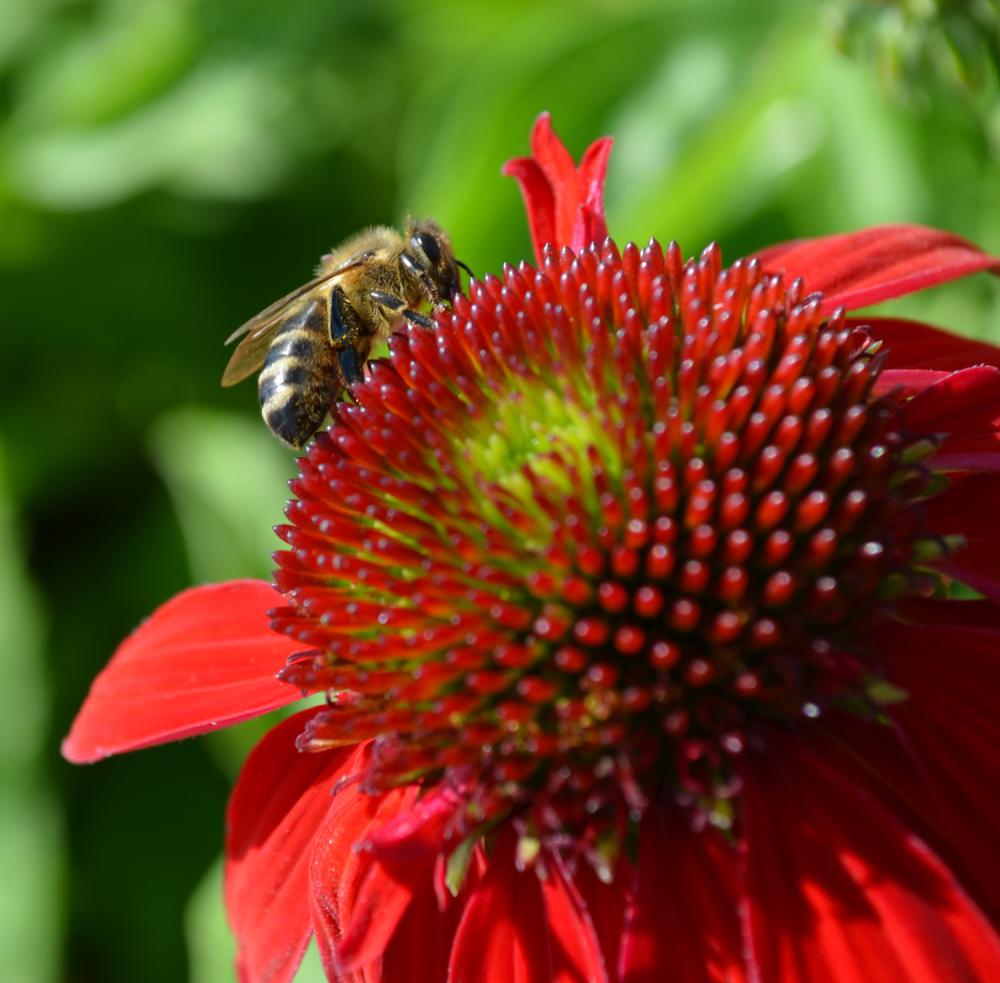The Fascinating World of hosta Praying Hands and Pollen
Hostas, beloved for their lush foliage and elegant forms, offer a captivating spectacle during their bloom. Among the most intriguing aspects of their flowering is the phenomenon known as “praying hands,” where the flower buds emerge in a tightly clasped, prayer-like position. This article delves into the fascinating world of hosta praying hands and the role of pollen in their reproductive cycle.
Understanding Hosta Flowers
Hostas are perennial plants belonging to the genus Hosta. They are renowned for their diverse leaf shapes, sizes, and colors, ranging from vibrant greens to striking blues and variegated patterns. However, their flowers, though often overlooked, possess a unique beauty and intricate biology.

Hosta flowers typically bloom in summer, showcasing a range of colors from white and lavender to purple and pink. They are composed of six tepals (petal-like structures) that unfurl gracefully to reveal a central tube containing the reproductive organs.
The Mystery of Praying Hands
One of the most captivating features of hosta flowers is the emergence of their buds in a tightly closed position, resembling hands clasped in prayer. This phenomenon, known as “praying hands,” is a result of the flower’s developmental process.
Bud Formation: As the flower bud develops, the tepals are tightly folded and enclosed within a protective layer. This tight enclosure helps to safeguard the delicate reproductive organs within.

The Role of Pollen
Pollen, a fine powdery substance produced by the male reproductive organs of flowering plants, plays a crucial role in plant reproduction. In hostas, pollen is produced by the anthers, which are typically located within the flower’s central tube.
Pollen Structure: Hosta pollen grains are microscopic structures with intricate surface patterns. These patterns can vary between different hosta cultivars, contributing to the diversity within the species.
Fertilization and Seed Production
Once pollen grains land on the stigma of a receptive flower, they germinate and grow a pollen tube down through the style, reaching the ovary. Within the ovary, the pollen tube releases sperm cells that fertilize the ovules.
Seed Development: After fertilization, the ovules develop into seeds. These seeds contain the genetic information necessary to produce new hosta plants.
The Significance of Praying Hands
The phenomenon of praying hands in hosta flowers adds a unique layer of intrigue and beauty to these already captivating plants. While the primary function of this behavior is likely to protect the developing flower bud, it also serves to enhance the visual appeal of hostas.
Aesthetic Appeal: The sight of tightly closed flower buds gradually unfolding into delicate blooms is a mesmerizing spectacle. Hosta growers and enthusiasts often find the praying hands phenomenon to be a source of fascination and delight.
Cultivating Hostas for Optimal Flowering
To ensure optimal flowering and the display of praying hands in your hosta garden, consider the following tips:
Proper Planting: Plant hostas in well-drained soil that is rich in organic matter. Choose a location that receives dappled shade or filtered sunlight.
Hosta Breeding and Cultivar Development
Hosta breeders have been actively developing new cultivars with unique characteristics, including variations in flower color, size, and form. The phenomenon of praying hands has also been a focus of breeding efforts, with some cultivars exhibiting more pronounced praying hands than others.
Hybridization: By cross-pollinating different hosta cultivars, breeders can create new varieties with desirable traits. This process involves carefully transferring pollen from one hosta flower to the stigma of another.
Conclusion
The captivating world of hosta praying hands offers a fascinating glimpse into the intricate biology of these beloved plants. From the emergence of tightly closed buds to the delicate unfolding of flowers, the praying hands phenomenon adds a unique layer of beauty and intrigue to the hosta garden. By understanding the role of pollen in hosta reproduction and by providing optimal growing conditions, gardeners can cultivate healthy hosta plants that showcase their full flowering potential, including the mesmerizing display of praying hands.
This article provides a general overview of hosta praying hands and pollen. Further research and exploration can deepen our understanding of these captivating aspects of hosta biology and contribute to the ongoing development of new and exciting hosta cultivars.
hosta praying hands pollen
